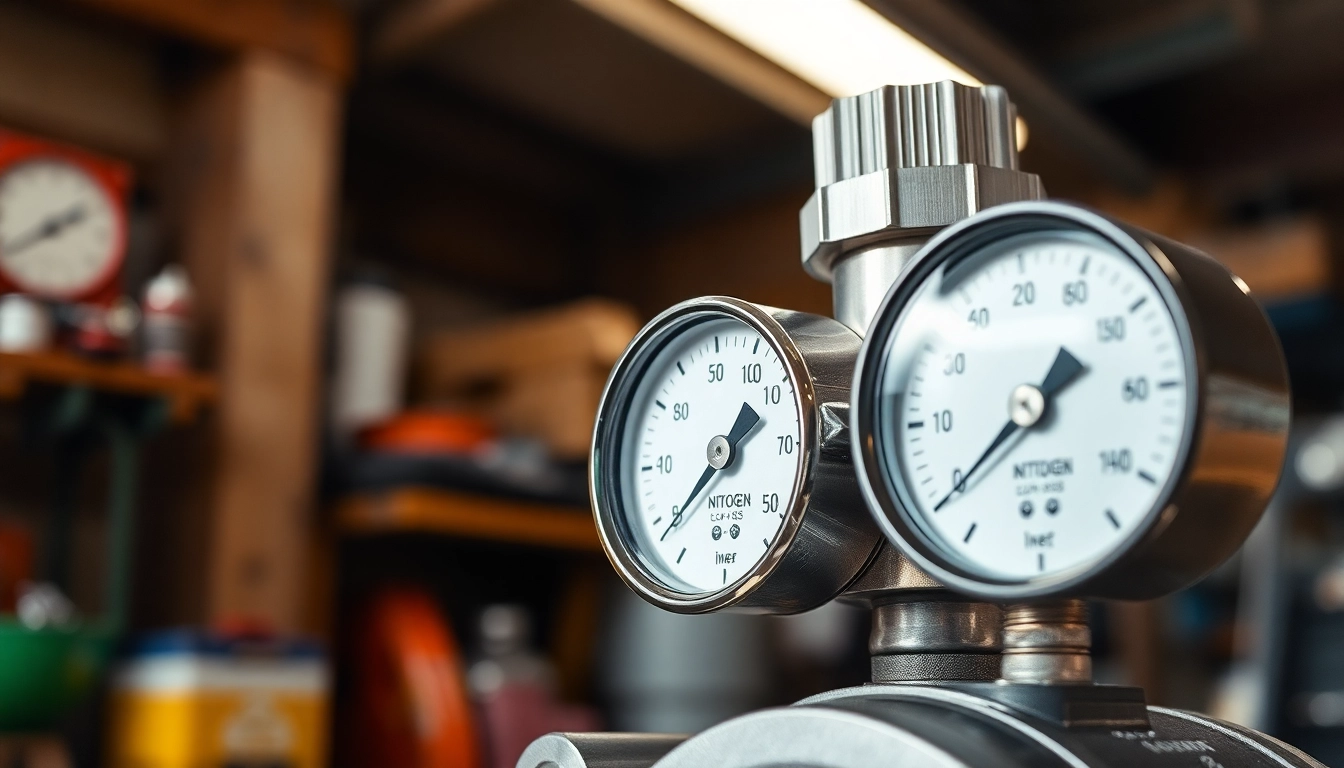Understanding Welding Masks
Welding can be a rewarding yet hazardous task, making the use of appropriate protective equipment crucial. Among the many protective gear available, the welding mask stands out as an indispensable tool for any welder, whether they are an industry professional or a DIY enthusiast. This article delves deep into the world of welding masks—exploring their types, safety features, selection criteria, advanced technologies, and maintenance tips—to ensure you make informed choices that protect your well-being.
What is a Welding Mask?
A welding mask, often referred to as a welding helmet, is a piece of personal protective equipment designed specifically to protect the welder’s face, eyes, and neck from the intense light and heat generated during welding processes. More than just a shield against visible brightness, these masks protect against harmful infrared and ultraviolet radiation, which can cause serious eye damage. Additionally, they safeguard against sparks, spatter, and other debris that could potentially cause burns or injuries.
Key Types of Welding Masks
Welding masks come in several configurations, each tailored to different welding techniques and environments. The primary types include:
- Auto-Darkening Welding Masks: These masks automatically adjust the lens shade according to lighting conditions, offering superior protection and convenience for various welding tasks.
- Passive Welding Masks: These traditional types require the welder to flip the helmet down to shield their face. They usually feature fixed-tint lenses that do not change based on the light.
- Pancake Welding Hoods: Ideal for tight spaces, these hoods provide a minimalist design that offers protection without obstructing movement. They are popular among certain welding disciplines.
- Respiratory Welding Masks: Integrating respirators into the helmet design, these masks are best suited for environments where fumes and particulates are a concern, providing additional respiratory protection.
Importance of Welding Mask Safety Features
When considering a welding mask, safety features play a pivotal role. Essential considerations include:
- Lens Shade: The shade number must be appropriate for the specific welding process, helping to reduce glare and protect the eyes.
- Optical Clarity: High-quality masks provide a clear view of the welding area, crucial for precision work.
- Comfort and Fit: Masks should fit snugly but comfortably to allow for extended wear without causing fatigue.
- Durability: Consider materials that withstand heat, impacts, and everyday wear.
Choosing the Best Welding Mask for Your Needs
Factors to Consider When Selecting a Welding Mask
Selecting the right welding mask requires careful consideration of several factors:
- Welding Type: Different welding methods (MIG, TIG, Stick) may require different masks based on their unique light and heat emissions.
- Frequency of Use: Frequent welders may benefit from auto-darkening masks, which can enhance productivity and comfort over time.
- Budget: Welding masks can range from economical to high-end models packed with features. It’s essential to balance cost with quality and necessary features.
- Brand Reputation: Trustworthy brands often provide better warranty packages and customer support, which can be invaluable over time.
Best Welding Masks for Different Welding Techniques
Each welding technique benefits from specific mask features:
- MIG Welding: Requires a mask with a shade range of 10-13, preferably an auto-darkening variety to manage the high levels of brightness.
- TIG Welding: Often needs a lighter shade (8-12) for greater clarity, thus quality optical technology is paramount.
- Stick Welding: A standard auto-darkening mask with a shade range of 10-13 suffices for protection against the radiant heat and light.
Budget Considerations for Welding Masks
While investing in a welding mask, budget is a key consideration. Economical options may suffice for occasional use, but regular welders should invest in a high-quality mask to ensure proper protection and comfort. Consider the total cost of ownership, including replacement lenses and additional features when making your decision.
Advanced Features in Modern Welding Masks
Auto-Darkening Technology Explained
Auto-darkening technology has revolutionized welding masks, allowing welders to see clearly until the welding begins. The lens automatically darkens within milliseconds upon exposure to the welding arc, significantly reducing the risk of flash burn. This feature not only enhances comfort and visibility during set-up and tack welding but also increases productivity as welders do not need to flip the mask down and up repeatedly.
Additional Features for Enhanced Safety
Modern welding masks boast a plethora of features that enhance safety:
- Side Shields: These can help protect the face from sparks and heat from the sides.
- Cheek Pads: Designed for comfort, they allow for better weight distribution of the helmet.
- LED Lighting: Integrated LED lights can illuminate the work area without interfering with the welding light.
- Adjustable Sensitivity and Delay Options: Allow the user to tailor the responsiveness of the auto-darkening feature based on their environment.
Comparing High-End vs Budget Welding Masks
The choice between high-end and budget masks often boils down to protection and performance. High-end masks usually offer superior optical clarity, faster reaction times for auto-darkening, additional adjustment features, and robust construction. Budget options can still provide adequate protection but may lack advanced features and durability, making them suitable mainly for infrequent use.
Proper Use and Maintenance of Welding Masks
How to Properly Wear a Welding Mask
Proper usage of a welding mask is crucial for effective protection:
- Always adjust the mask to fit snugly over your eyes and face, ensuring a proper seal against sparks.
- Ensure the lens is set to the correct shade for your welding technique before commencing work.
- Wear your welding mask at all times during the task, safeguarding not only against burns but also against inhalation of fumes.
Maintenance Tips for Longevity
To prolong the life of your welding mask and ensure its effectiveness:
- Regularly clean the lenses with a suitable cleaning solution to avoid haze that can obscure visibility.
- Store your mask in a cool, dry place to avoid degradation of materials.
- Conduct periodic checks for any signs of wear, especially on the straps and lens, replacing any damaged parts promptly.
Common Mistakes to Avoid with Welding Masks
Here are common pitfalls to avoid:
- Failing to check the lens shade setting before starting work can lead to serious eye damage.
- Neglecting to properly adjust the fit can lead to discomfort, distraction, or inadequate protection from hazards.
- Using a dirty or scratched lens reduces visibility and increases the risk of accidents.
Industry Trends and Future of Welding Masks
Innovations in Welding Mask Technology
The future of welding masks is bright, thanks to ongoing innovations in technology. Smart welding helmets equipped with heads-up displays (HUD) are emerging and offer real-time data visibility, such as parameters being welded or alerts regarding environmental hazards. Enhanced connectivity features are also being integrated, allowing welders to receive updates about equipment performance through their smart devices.
The Role of Welding Masks in Eco-Friendly Practices
As industries shift towards eco-friendliness, welding masks are also evolving. Newer models are being designed with sustainable materials and processes, while the integration of air filtration systems provides not only personal protection but also contributes to a cleaner workplace environment. This shift not only protects the welder but also has a positive impact on the health of the work environment.
Future Trends in Personal Protective Equipment
The personal protective equipment (PPE) industry is witnessing significant trends, including the rise of multifunctional designs that combine various safety aspects into single units. Innovations in material science will likely lead to lighter, more durable, and more breathable materials that can withstand more demanding environments while offering all-day comfort to the user. Additionally, advancements in IoT (Internet of Things) technology may allow for interconnected PPE that can provide data on worker safety and compliance in real-time.



